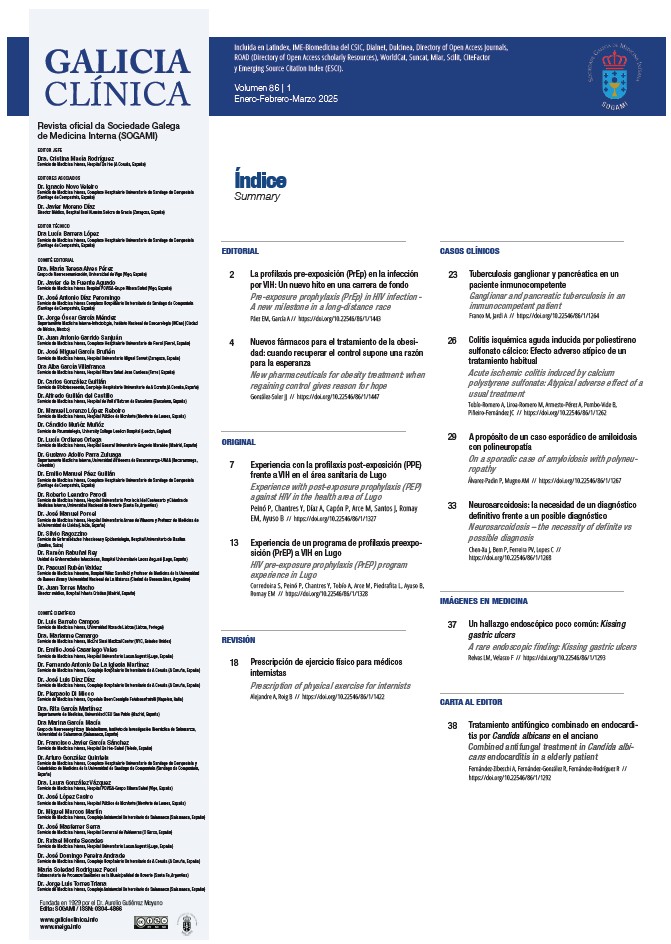Abstract
A 39-year-old Caucasian female presented with two months of numbness/tingling and change in temperature sensation of extremities. Examination revealed decreased strength of bilateral hip flexion/extension (4+/5), and left plantar flexion (4/5); extended reflex area of C6-C8, absent lower extremities deep tendon reflexes and slight extension of right plantar reflex; impaired pinprick and temperature sensations from D7 downwards; vibratory anesthesia from left tibiotarsal joint and reduced on the right hallux; proprioceptive defects in ≧25% of lower extremities examination. Neuroaxis MRI showed intramedullary hyperintense lesions on C2, D6 and a longitudinal extensive lesion on C7-D3. On CSF analysis: protein (100.8mg/dL), ACE (12U/L) and CD4+/CD8+ ratio (6.3). Although spinal biopsy was not performed, imaging was suggestive of neurosarcoidosis and corticosteroids improved the symptoms. Our case questions the need for definite diagnosis taking into account the risk/benefit of the spinal biopsy, and displays the difficulty of distinguishing isolated vs initial picture of sarcoidosis.

This work is licensed under a Creative Commons Attribution-NonCommercial-NoDerivatives 4.0 International License.
Copyright (c) 2025 Galicia Clínica


